Filter by
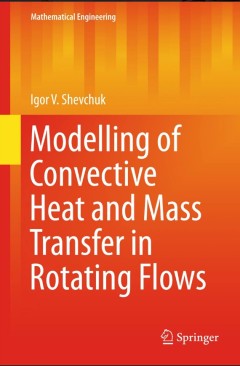
Modelling of Convective Heat and Mass Transfer in Rotating Flows
This monograph presents results of the analytical and numerical modeling of convective heat and mass transfer in different rotating flows caused by (i) system rotation, (ii) swirl flows due to swirl generators, and (iii) surface curvature in turns and bends. Volume forces (i.e. centrifugal and Coriolis forces), which influence the flow pattern, emerge in all of these rotating flows. The main pa…
- Edition
- 1
- ISBN/ISSN
- 978-3-319-20960-9
- Collation
- XXII, 235
- Series Title
- Mathematical Engineering
- Call Number
- -
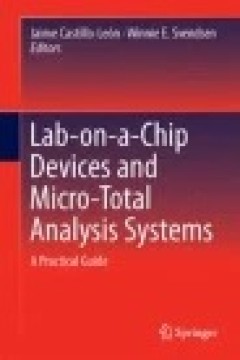
Lab-on-a-Chip Devices and Micro-Total Analysis Systems: A Practical Guide
This book covers all the steps in order to fabricate a lab-on-a-chip device starting from the idea, the design, simulation, fabrication and final evaluation. Additionally, it includes basic theory on microfluidics essential to understand how fluids behave at such reduced scale. Examples of successful histories of lab-on-a-chip systems that made an impact in fields like biomedicine and life scie…
- Edition
- -
- ISBN/ISSN
- 978-3-319-08687-3
- Collation
- -
- Series Title
- -
- Call Number
- -
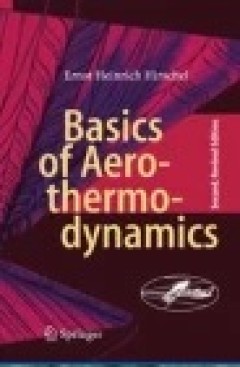
Basics of Aerothermodynamics
This successful book gives an introduction to the basics of aerothermodynamics, as applied in particular to winged re-entry vehicles and airbreathing hypersonic cruise and acceleration vehicles. The book gives a review of the issues of transport of momentum, energy and mass, real-gas effects as well as inviscid and viscous flow phenomena. In this second, revised edition the chapters with the cl…
- Edition
- -
- ISBN/ISSN
- 978-3-319-14373-6
- Collation
- XVII, 446
- Series Title
- -
- Call Number
- 533.62
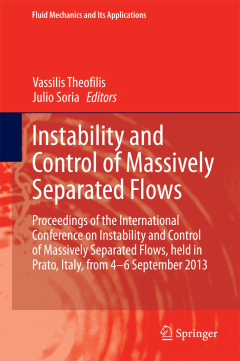
Instability and Control of Massively Separated Flows
This book contains the outcome of the international meeting on instability, control and noise generated by massive flow separation that was organized at the Monash Center, in Prato, Italy, September 4-6, 2013. The meeting served as the final review of the EU-FP7 Instability and Control of Massively Separated Flows Marie Curie travel grant and was supported by the European Office of Aerospace…
- Edition
- -
- ISBN/ISSN
- 978-3-319-06259-4
- Collation
- XXXIX, 254
- Series Title
- -
- Call Number
- 621 THE i
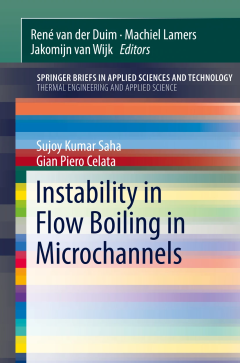
Instability in Flow Boiling in Microchannels
This Brief addresses the phenomena of instability in flow boiling in microchannels occurring in high heat flux electronic cooling. A companion edition in the SpringerBrief Subseries on Thermal Engineering and Applied Science to “Critical Heat Flux in Flow Boiling in Microchannels,” and "Heat Transfer and Pressure Drop in Flow Boiling in Microchannels,"by the same author team, this volume is…
- Edition
- -
- ISBN/ISSN
- 978-3-319-23430-4
- Collation
- VIII, 55
- Series Title
- -
- Call Number
- 621 SAH i

Evaluation of Fire Flow Methodologies
This SpringerBrief offers careful assessments of the appropriateness and effectiveness of currently available methodologies for fire flow. It explains the water supply requirements for firefighting including rate of flow, the residual pressure required at that flow, and the duration that is necessary to control a major fire in a specific structure. First reviewing existing fire flow calculation…
- Edition
- -
- ISBN/ISSN
- 978-1-4939-2889-7
- Collation
- 7 b/w illustrations, 8 illustrations in colour
- Series Title
- -
- Call Number
- -
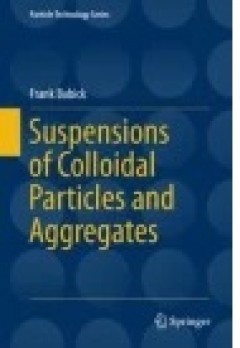
Suspensions of Colloidal Particles and Aggregates
This book addresses the properties of particles in colloidal suspensions. It has a focus on particle aggregates and the dependency of their physical behaviour on morphological parameters. For this purpose, relevant theories and methodological tools are reviewed and applied to selected examples. The book is divided into four main chapters. The first of them introduces important measurement techn…
- Edition
- -
- ISBN/ISSN
- 978-3-319-30663-6
- Collation
- XXI, 341
- Series Title
- Particle Technology Series
- Call Number
- -
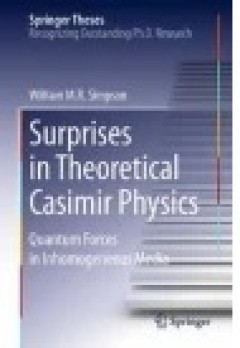
Surprises in Theoretical Casimir Physics
Despite more than half a century of theoretical work, the Casimir effect is still not as fully understood as some suppose. In this treatise, the author uncovers new puzzles and paradoxes concerning this mysterious phenomenon. In particular, he clearly demonstrates that the most sophisticated theories fail when confronted with dielectrics in which the refractive index is not uniform but graduall…
- Edition
- -
- ISBN/ISSN
- 978-3-319-09315-4
- Collation
- XXIV, 177
- Series Title
- Springer Theses
- Call Number
- -
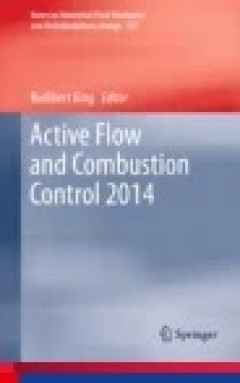
Active Flow and Combustion Control 2014
The book reports on the latest theoretical and experimental advances in the field of active flow and combustion control. It covers new developments in actuator technology and sensing, in robust and optimal open- and closed-loop control, as well as in model reduction for control. It collects contributions presented during the third edition of the Active Flow and Combustion Control conference, he…
- Edition
- Ed. 1
- ISBN/ISSN
- 978-3-319-11967-0
- Collation
- IX, 416
- Series Title
- Notes on Numerical Fluid Mechanics and Multidisciplinary Design
- Call Number
- 530.15 ACT a
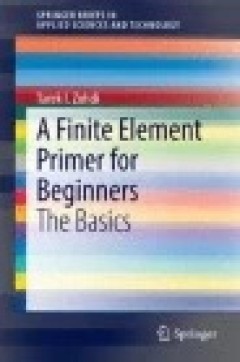
A Finite Element Primer for Beginners: The Basics
The purpose of this primer is to provide the basics of the Finite Element Method, primarily illustrated through a classical model problem, linearized elasticity. The topics covered are: (1) Weighted residual methods and Galerkin approximations, (2) A model problem for one-dimensional linear elastostatics, (3) Weak formulations in one dimension, (4) Minimum principles in one dimensio…
- Edition
- Ed. 1
- ISBN/ISSN
- 978-3-319-09036-8
- Collation
- -
- Series Title
- SpringerBriefs in Applied Sciences and Technology
- Call Number
- 511 ZOH f
 Computer Science, Information & General Works
Computer Science, Information & General Works  Philosophy & Psychology
Philosophy & Psychology  Religion
Religion  Social Sciences
Social Sciences  Language
Language  Pure Science
Pure Science  Applied Sciences
Applied Sciences  Art & Recreation
Art & Recreation  Literature
Literature  History & Geography
History & Geography